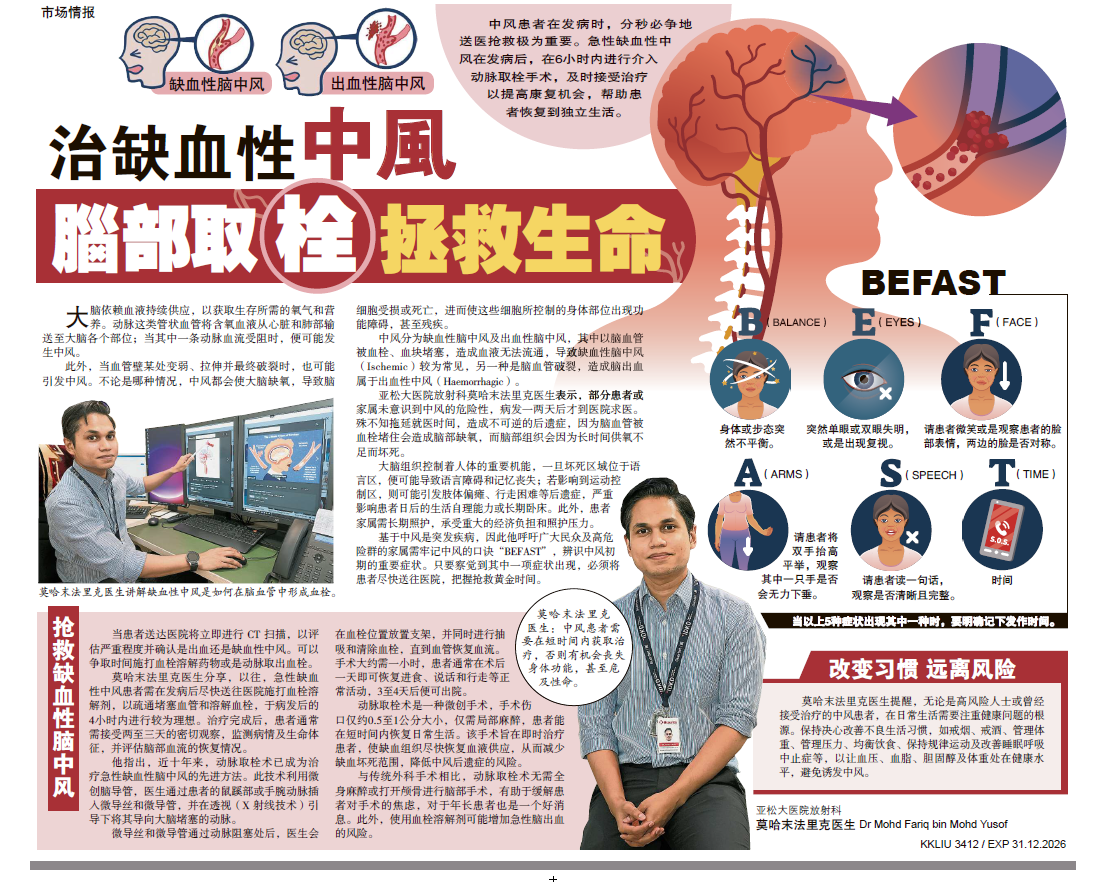Cervical spondylosis is the general term for age-related degeneration of the spine or wear and tear of the vertebrae and discs in the neck. This condition does not cause symptoms in many and is a normal part of ageing. In fact, more than 85 percent of people older than 60 are affected by this disease.
Anatomy of the neck
Let’s first study the anatomy of your neck. The back of your neck includes the spine and supporting muscle and ligaments. The cervical spine comprises seven vertebrae. The first two attach the spine to the skull and help us turn our head from side to side. The other five vertebrae are roughly cylindrical-shaped.
Small joints called facet joints link these vertebrae. Between each vertebra is the disc that acts as a shock absorber. There are ligaments, nerves and vessels that run through the spine.
What is cervical spondylosis?
Our spine starts to degenerate after the age of 35. The water content in the disc decreases, thus making it less flexible. The disc occasionally becomes thinner and small, bony projections known as osteophytes or spurs began to develop.
Symptoms of cervical spondylosis
As mentioned, most people with cervical spondylosis show no symptoms. When the symptoms do occur, it is typically pain and stiffness in the neck. The pain tends to flare up from time to time. Patients occasionally develop chronic pain.
You may also develop pins and needles (numbness) in the arm or hand when the spinal nerves are pressured. Others have pain radiating to the arms, shoulder blades or upper chest. Some people develop headaches, mainly starting at the back of the head and travelling to the top of the forehead. It can also occasionally cause clumsiness of the hands, a lack of coordination when walking or tightness of the chest.
Risk factors
Cervical spondylosis is part and parcel of ageing. Individuals with occupations that involve repetitive neck motions or awkward positions are more prone, as are those who have sustained previous neck injuries like whiplash. Genetic factors also play a part, as does smoking, which has been linked to an increase in neck pain.
Investigations
Regular X-rays can show signs of osteophytes (spurs), thinning of the disc, and facet arthritis. Patients with nerve root signs or pain running down their arm (radiculopathy) require a MRI scan, while others may require CT scans.
Treatment options
Treatment focuses on pain relief, lowering the risk of permanent damage and helping individuals lead a normal life.
Physical therapy
Once you’re referred to a physiotherapist, you are taught neck exercises to help stretch and strengthen the neck muscles. Some individuals benefit with traction, where weights are strapped to the neck. Electrotherapy with ultrasound, transcutaneous electrical nerve stimulation (TENS) and interferential current therapy also relieves pain. Others can try chiropractors or acupuncture.
Medications
The most common medications are non steroidal anti inflammatory (NSAIDs) drugs such as Voltaren, naproxen, Celebrex or Arcoxia. A short course of corticosteroids, a low dose of prednisolone, for example, is also used. Other medications include:
- Muscle relaxants like Myonal or Norgesics
- Antidepressants like amitrypline for radiculopathy; drugs for radicular pain include Gabapentin or Pregabalin
- Opioids such as Tramadol or Panadine for more severe pain
- Ointments and gels
Lifestyle and home remedies
You can also do something to relieve pain and speed up recovery. These include:
- Regular exercise to speed-up recovery. Yoga or Pilates also helps.
- Hot and cold packs to relive muscle spasms
- A change of pillow and proper positioning of your computer to eye level
- Soft collars – these can be used for short periods as they can eventually weaken muscles
Do you need surgery?
Surgery is only indicated if conservative treatment fails or if neurological signs and symptoms such as a weakness of arms and legs appear. Surgery might involve removing the disc or bone spurs and fusing a segment of the neck using bone graft and metal plates.
Spinal injections like epidural and facet injections also help relieve symptoms.
Patients with cervical spondylosis usually cope well with physical therapy and a short course of medication. This is because although this condition causes spine degeneration, the rate of degeneration is slower compared to that of the lumbar spine. This is why only less than 10 percent of patients require surgery.











